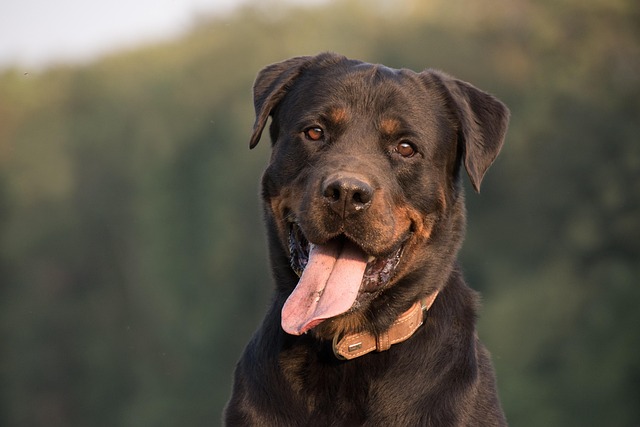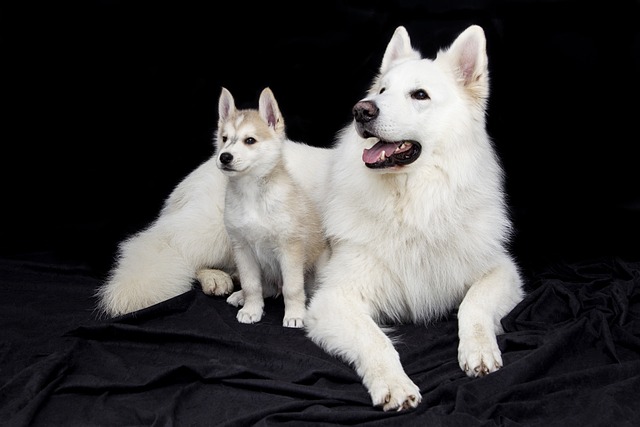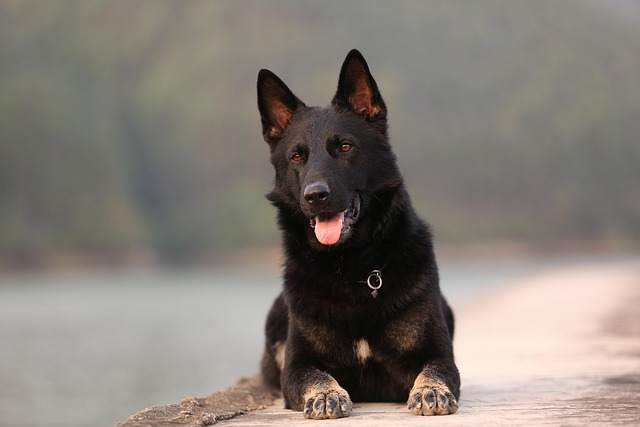Teaching a dog to "stay down" builds on their natural ability to lie down, but adds the challenge of holding that position—even when distractions pop up. It’s a useful skill, whether you’re cooking in the kitchen and want them out from underfoot, or greeting guests without them jumping up. With consistency and positivity, most dogs catch on quickly.
Start with short sessions in a quiet room, free from toys, barking neighbors, or other pets. A calm environment helps them focus on you, which is key when learning something new. Wait until they’re relaxed, not hyped up after a walk—tired dogs are more likely to stay put.
Get them into a down position first. If they already know "lie down," use that command. If not, lure them with a treat: hold it near their nose, then lower it slowly to the floor, guiding their body down as they follow. Once their chest and belly are on the ground, say "down" in a clear, steady voice—this marks the behavior.
Once they’re down, pause for 1-2 seconds, then give them the treat and praise. Keep it simple at first; the goal is to reward them for staying down even for a moment. Gradually stretch the time between "down" and the treat—3 seconds, then 5, then 10. If they pop up early, don’t scold—just stand up, wait a second, and try again.
 Add distance next. After they’re settled, take one small step back. If they stay down, step forward and reward them. If they move, step back to where you were and start over with a shorter pause. Slowly increase how far you go—first a step, then two, then across the room. Always return to them to give the treat, so they learn staying down brings you back.
Add distance next. After they’re settled, take one small step back. If they stay down, step forward and reward them. If they move, step back to where you were and start over with a shorter pause. Slowly increase how far you go—first a step, then two, then across the room. Always return to them to give the treat, so they learn staying down brings you back.
Introduce distractions bit by bit. Crinkle a toy softly, or have someone walk past the room. If they stay down, jackpot them with extra treats and excited praise—this tells them ignoring distractions is a big deal. If they break the stay, don’t fuss—just reset and try with a smaller distraction. Rushing this step is how dogs get confused.
Use a release word like "okay" or "free" to let them know when the stay is over. This gives them a clear end signal, so they’re not left wondering when they can move. Say it happily as you toss a treat a short distance—this turns ending the stay into a fun reward too.
Practice in different spots around the house, then outside in a fenced yard. Grass, concrete, or carpet—varying surfaces helps them generalize the command. Avoid busy parks or sidewalks until they’re solid; too many sights and sounds will overwhelm them.
Keep sessions short—5 minutes max, a few times a day. Dogs have short attention spans, and ending when they’re still doing well keeps them eager to try again. Long, frustrating sessions make them tune out, which slows progress way down.
Remember, some breeds are more naturally patient than others. A Basset Hound might lounge happily in a down stay, while a Jack Russell Terrier might need extra practice to resist chasing a squirrel. Tailor your expectations to their personality—progress, not perfection, is what counts.
And in public spaces, a solid "stay down" helps keep them (and you) compliant with local rules. Many cafes or outdoor areas allow dogs as long as they’re well-behaved, and staying down shows you’re a responsible owner. It’s a win for everyone—calm dogs make for happy communities.

 Add distance next. After they’re settled, take one small step back. If they stay down, step forward and reward them. If they move, step back to where you were and start over with a shorter pause. Slowly increase how far you go—first a step, then two, then across the room. Always return to them to give the treat, so they learn staying down brings you back.
Add distance next. After they’re settled, take one small step back. If they stay down, step forward and reward them. If they move, step back to where you were and start over with a shorter pause. Slowly increase how far you go—first a step, then two, then across the room. Always return to them to give the treat, so they learn staying down brings you back.



